How Journalists Can Help Scientists Earn the Public's Trust
Journalists can help scientists earn the public’s trust by pointing out when scientists are being responsive to alternative hypotheses and the public’s values.
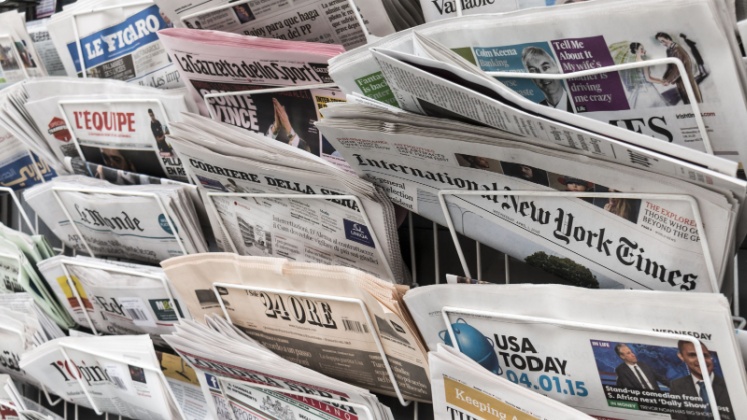
Send us a link
Journalists can help scientists earn the public’s trust by pointing out when scientists are being responsive to alternative hypotheses and the public’s values.


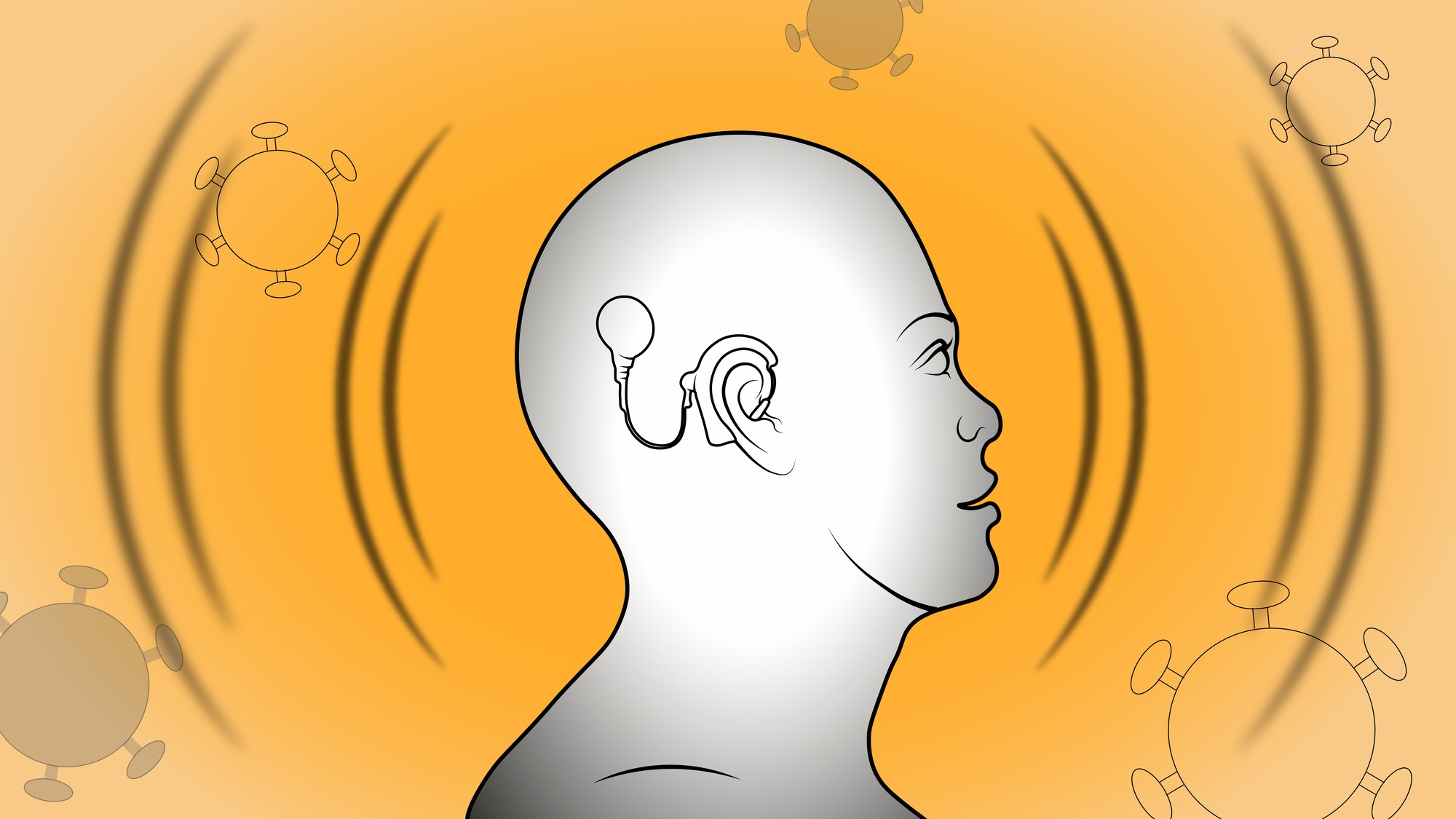
It seems obvious that lowering the cost of communication among innovators would facilitate scientific and technological progress. Yet, few studies examine this relationship.

As the pandemic worsened in the United Kingdom during spring 2020, political disputes turned in a strange direction. The UK government started to claim that the UK’s Covid-19 statistics could not be compared with any other country.
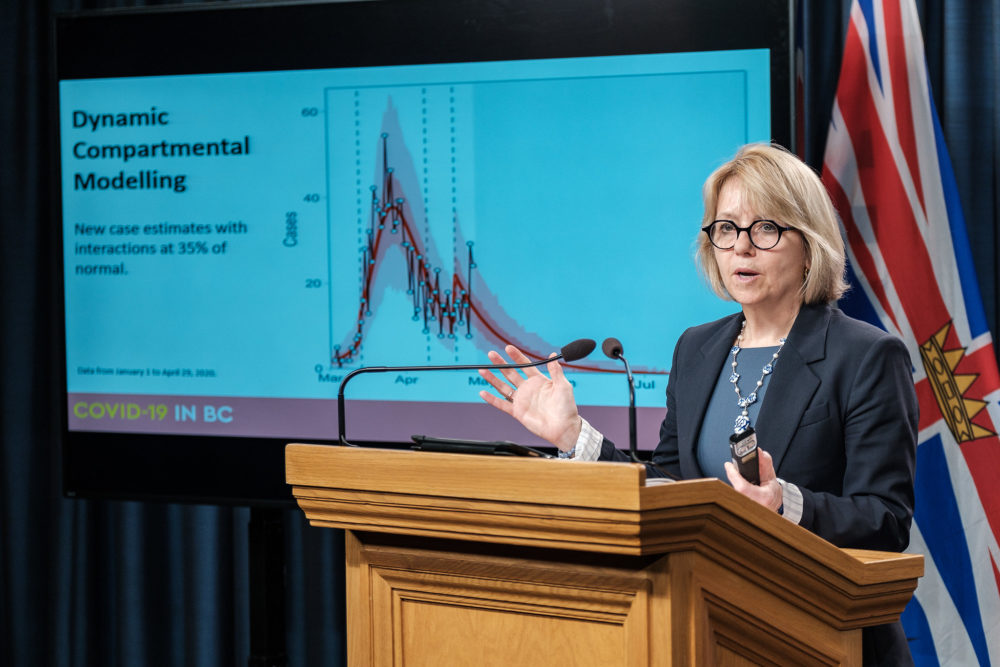
COVID-19 has transformed the world in the last 12 months. Communicating data has been a central part of the pandemic. Here are some of the most important lessons we can take from this period.
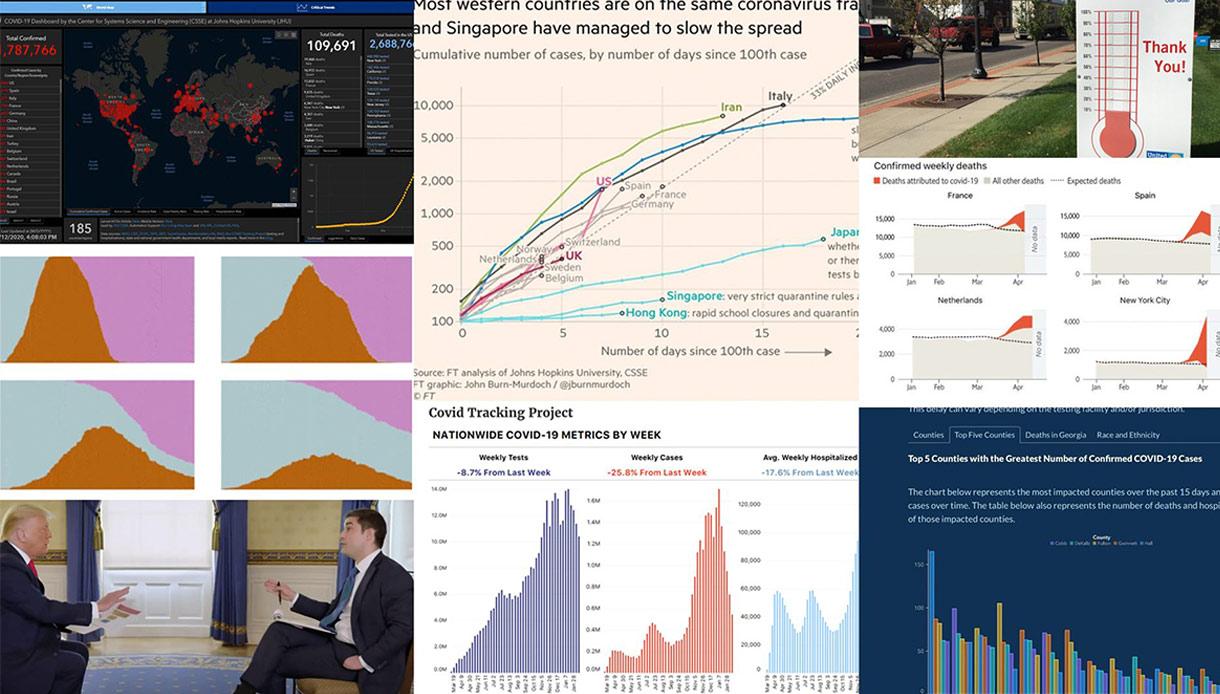
With so many votes cast for Trump, some researchers conclude that they must work harder to communicate with the public.
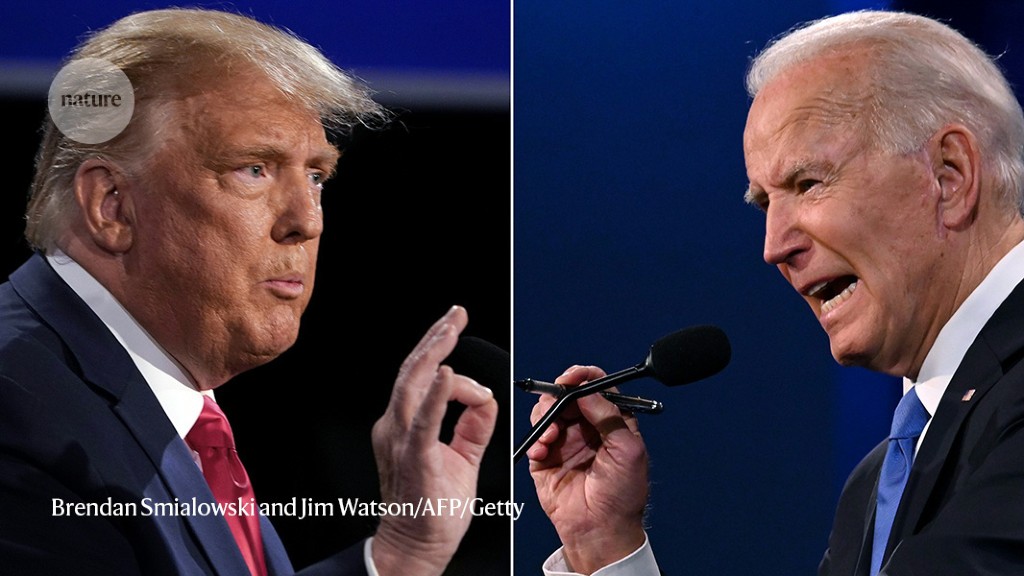
Search a 4,000-word database to see how language in the magazine evolved over time
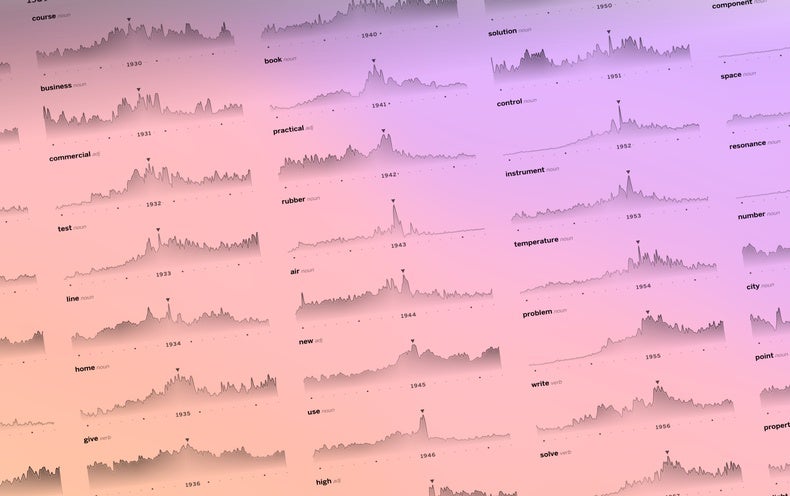
The current pandemic has exposed a host of issues with the current scholarly communication system, also with regard to the discoverability of scientific knowledge. Many research groups have pivoted to Covid-19 research without prior experience or adequate preparation. They were immediately confronted with two discovery challenges: (1) having to identify relevant knowledge from unfamiliar (sub-)disciplines with their own terminology and publication culture, and (2) having to keep up with the rapid growth of data and publications and being able to filter out the relevant findings.
Nature asked authors and editors for advice on how to improve peer-review communication.

The White House's attempt to impose a more disciplined approach to communications about the virus was undermined by President Trump, who complained the news media was overstating the threat.
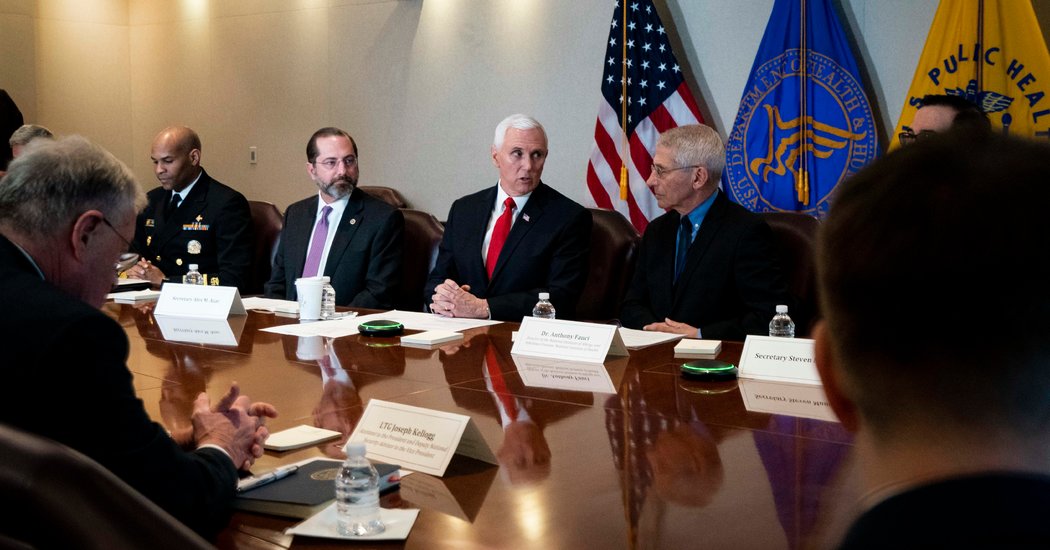
A visual interface that dramatically increases the visibility of research findings for science and society alike.
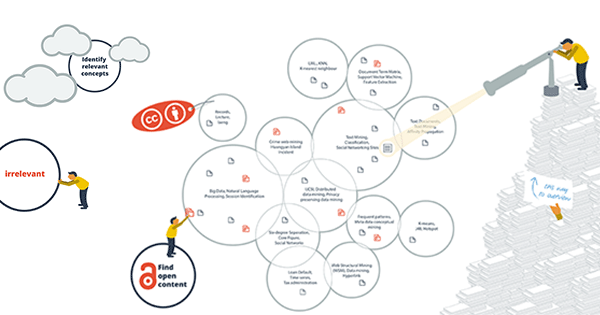
From bias in peer review and unfair allocation of grant funding to sexual harassment and a gender pay gap, the scientific community certainly has a lot of work to do.

The ecidence movmeent must respond to the ‘politics of distrust’. We cannot carry on regardless.
Science and scholarship are critical to improving our lives and solving the world’s most intractable problems. The communication of research, a vital step in the research process, should be efficient, effective and fulfill the core values of scholarship.
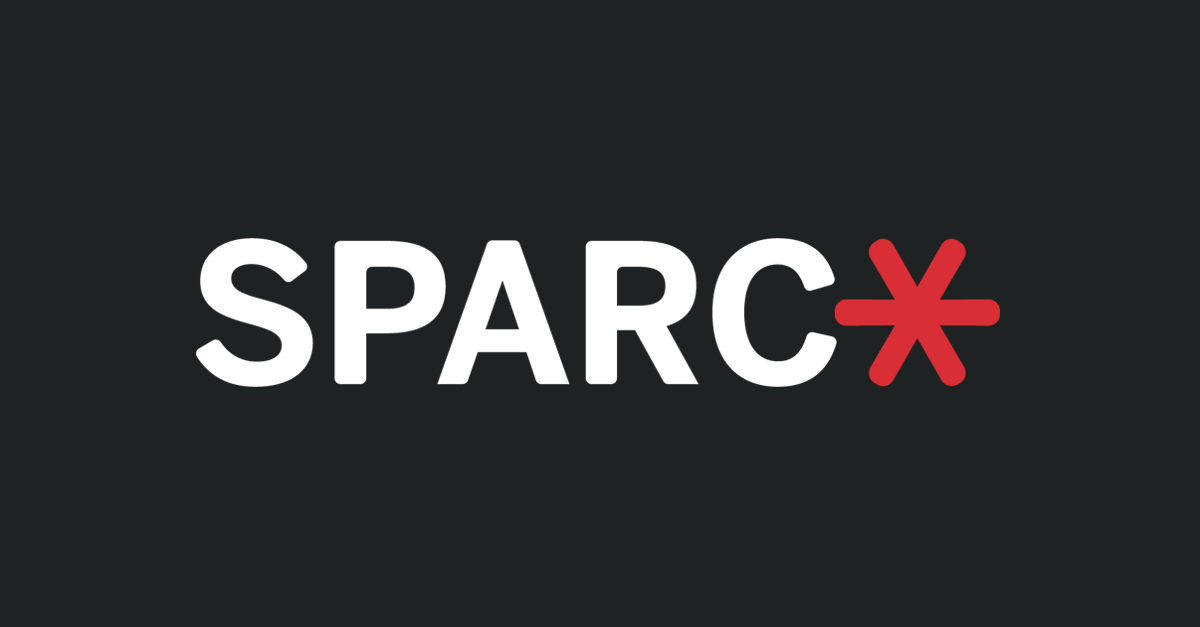
Any scientist publishing a claim should quantify their confidence in it with a probability, argues Steven N. Goodman.

Has journalism and science communication crossed a line?
The measles outbreak in the United States and Europe keeps spreading despite the availability of a safe and effective vaccine. The cause? Science-denial.

Scientists have the public’s trust, so the swell of fake news shouldn’t put them off communicating, says CEO of Science Media Centre.

The battle for evidence-based reason may have to move elsewhere, says Jenny Rohn.

Speakers inadvertently prepare presentations for themselves rather than their audiences. A few mental exercises can help presenters to avoid this pitfall.
How the World Academy of Science, Engineering and Technology became a multimillion dollar organization promoting bullshit science through fake conferences and journals.

The potential of preprints to drive scientific understanding and innovation, and even support good journalism.
We need to start talking about what kind of planet we want to live on.
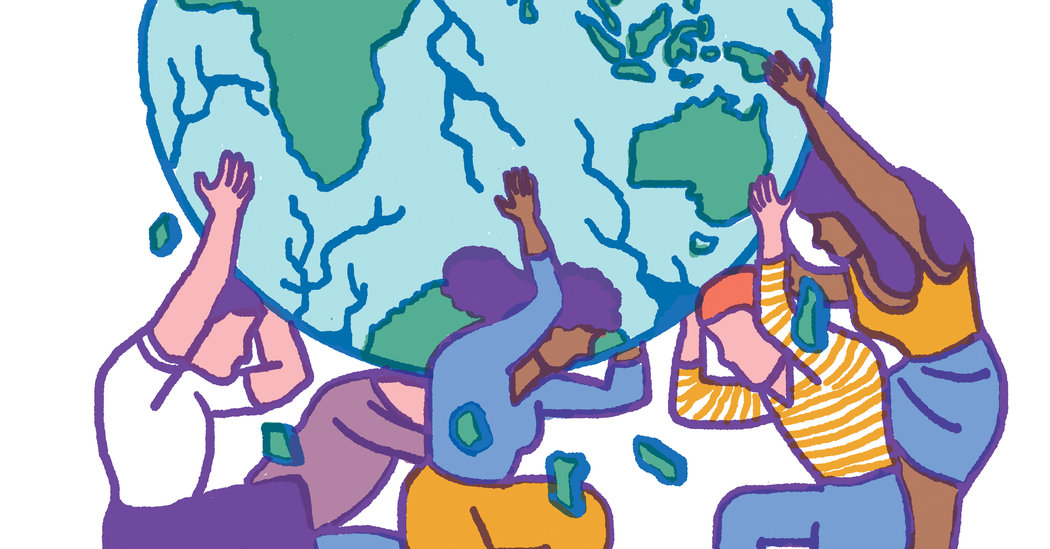
Tweeting can help science outreach, but may take persistence.
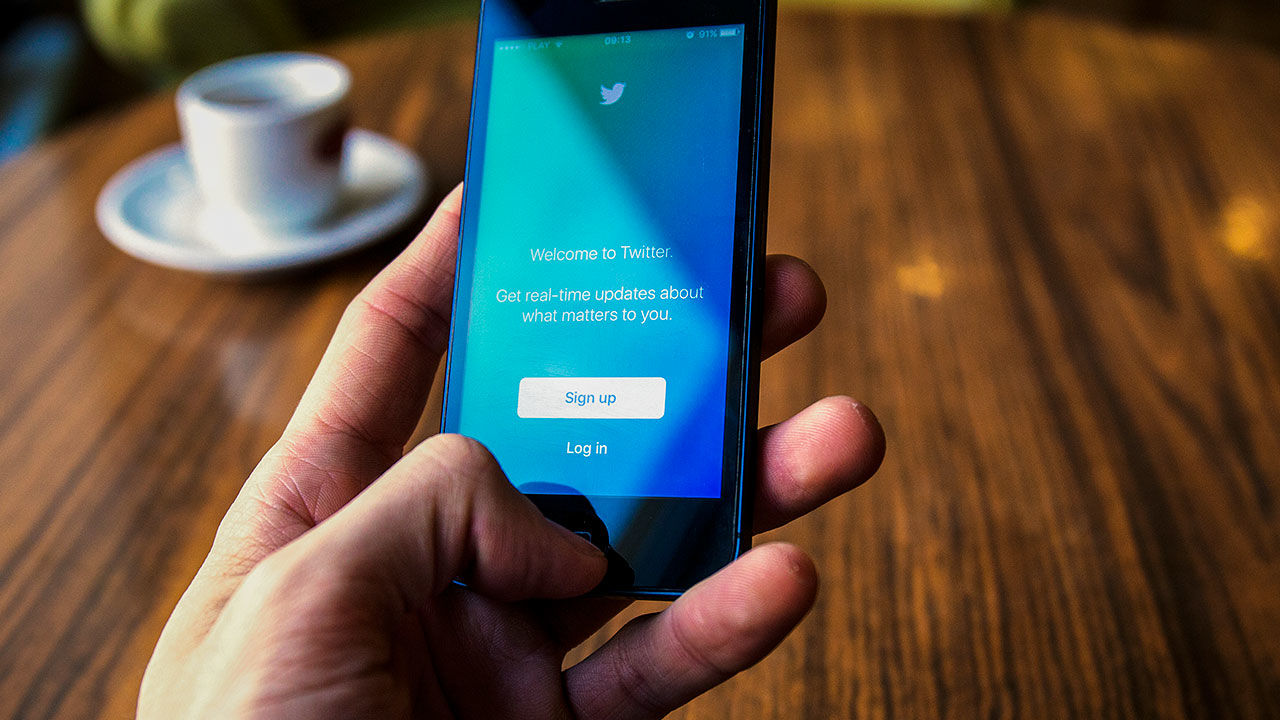
There are many reasons why scientists collaborating with artists makes sense, now more than ever.

After studying 23,005 comments left on videos about science and related topics, a researcher says, “I could see why people would not want to be on YouTube.”
